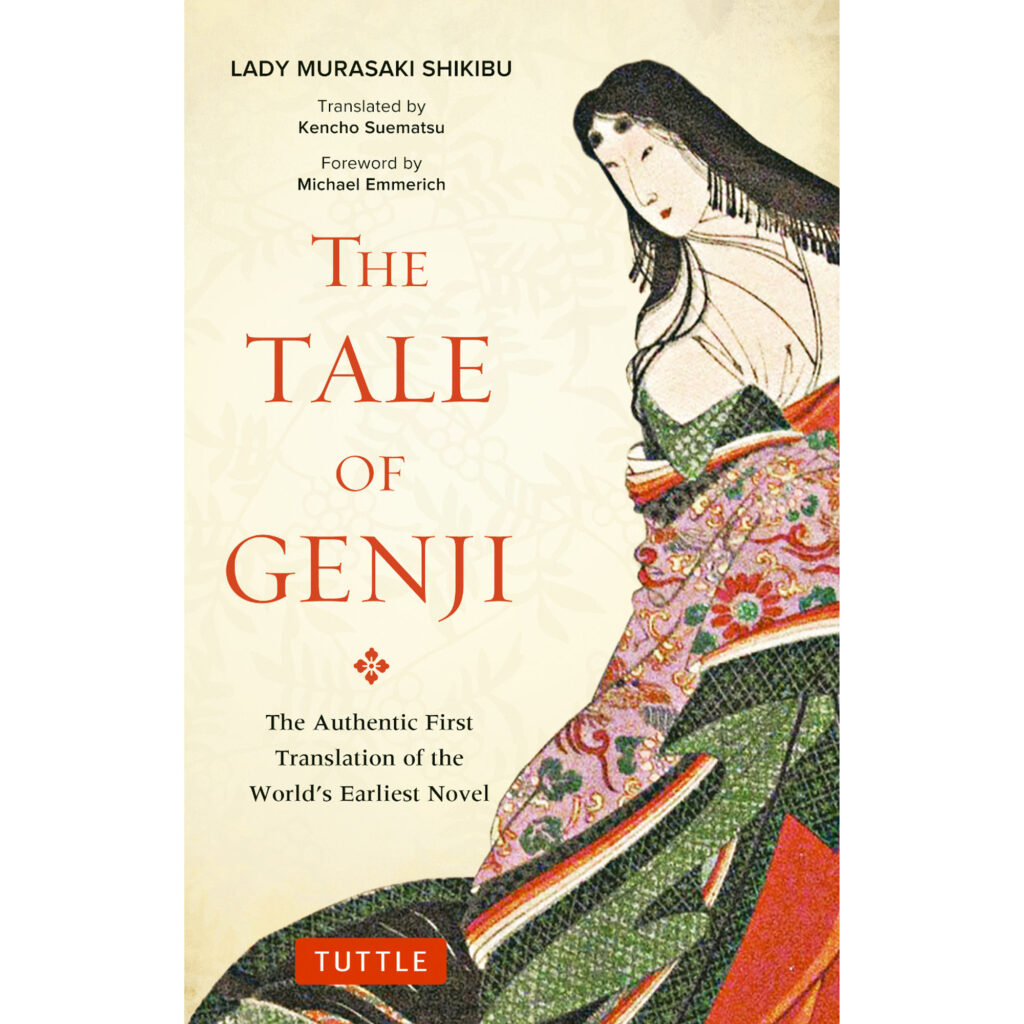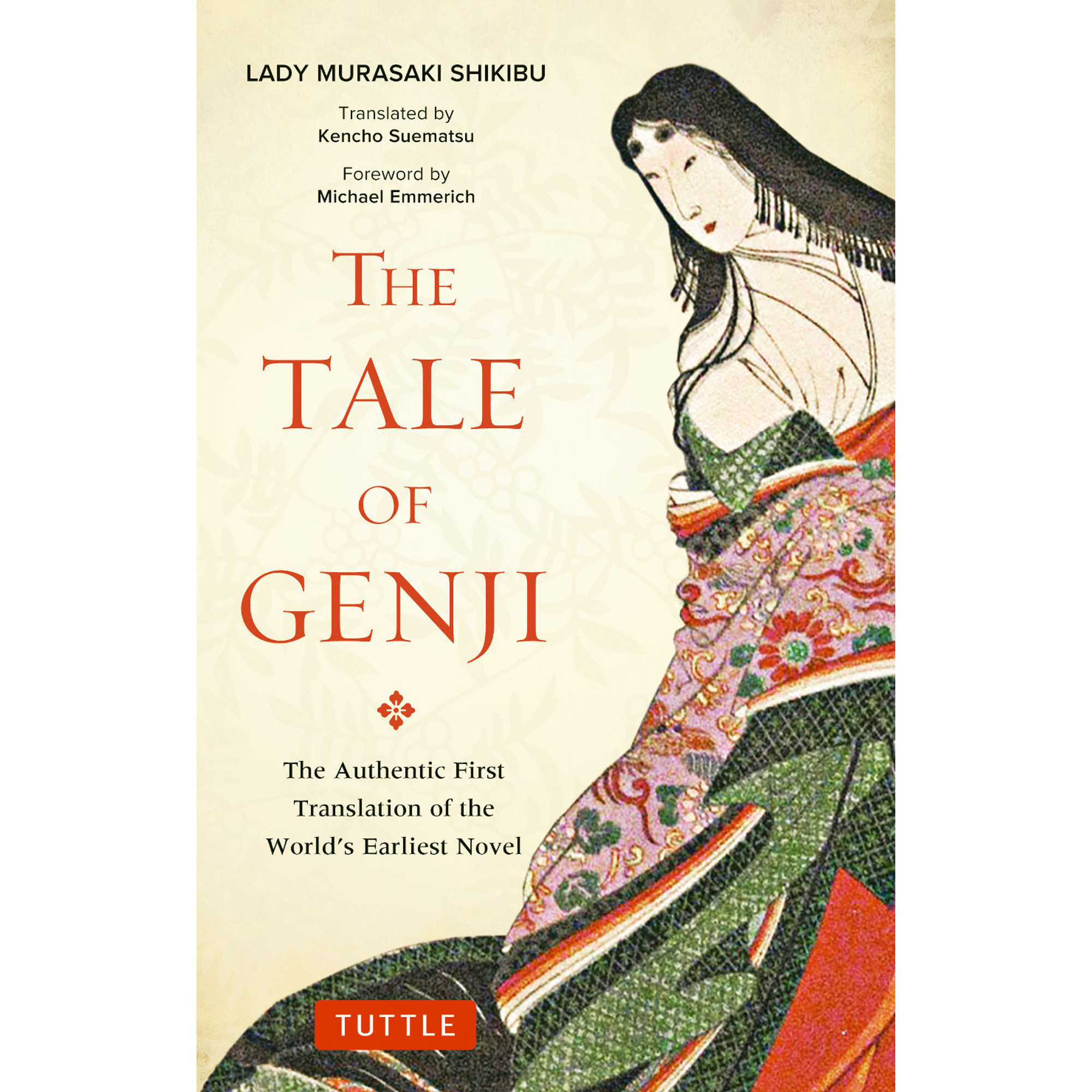By: AJ Witte
This week we mainly focused on the Tale of Genji, one of the single most important pieces of Japanese Fiction of all time. It is even considered to be a foundational piece of world literature as well. It focuses around the titular character of Genji, the child of the emperor and one of his lesser liked ladies in waiting, and the various escapades he goes throughout his life and even eventual death where we transition to the lives of his various children. The first reading of the week focused on Genji’s mother, the lady in waiting: named The Kiritsubo Lady. Through The Kiritsubo Lady and the opening of The Tale of Genji we are given an eye opening glimpse into just what it might have been like in a Heian court. If I were to describe the Heian court in a singular word, it would most likely have to be ‘High-School’, “The senior nobles and courtiers averted their eyes in disapproval. ‘Nobody wants to watch such excessive displays of affection. This is the kind of thing that led to turmoil and trouble in China,” (Helen Craig McCullough). The term “High School” for the uninitiated conjures images of gossiping teenagers taking turns passing judgment on the most recent drama. It makes sense though, that the Heian court would be so akin to a highschool hallway drama session as so much of what nobility is is based around superficial status, who is in a relationship with who, who’s father has more wealth than the rest, who’s wearing the newest fashion. This is why I would go so far as to say that based on what I have read so far of this tale in class, The Tale of Genji to me reads far more like a critique of the absurdity of court life.

I believe this to be compounded upon within another reading we were given which follows a conversation between the titular Genji and his fellow noblemen speaking on what makes a perfect woman. I feel that the author being a woman of the court herself, may be subtly or overtly depending on who you ask, shedding light on and by extension poking fun at just how absurd men sound when talking with the fellas about what makes a “true woman.” True woman of course being an unachievable goal as stated by the circles that Genji and his friends seem to speak in, “What would be amazing would be to discover an unbelievably sweet, appealing maiden shut up in a lonely, dilapidated, vine-choked dwelling, her very existence unknown to others. We would marvel at finding her there and would feel strangely drawn to her just because of the way she has confounded our expectations,” (McCullough 44). The men wish to find themselves what can be considered a “diamond in the rough” undiscovered and by extension untouched by any other man. The idea of teaching or training a woman is often brought up within this reading, giving us the express idea that women in the Heian court are merely status symbols or projects waiting to be taken on. I believe that Murasaki Shikibu is commentating on just how absurd these men sound when speaking on the intricacies of love and courting a woman.
Sources:
Helen Craig McCullough, translator. Genji & Heike: Selections from The Tale of Genji and The Tale of Heike, Stanford: Stanford University Press, 1994.
Helen Craig McCullough, translator. Genji & Heike: Selections from The Tale of Genji and The Tale of Heike, Stanford: Stanford University Press, 1994.
